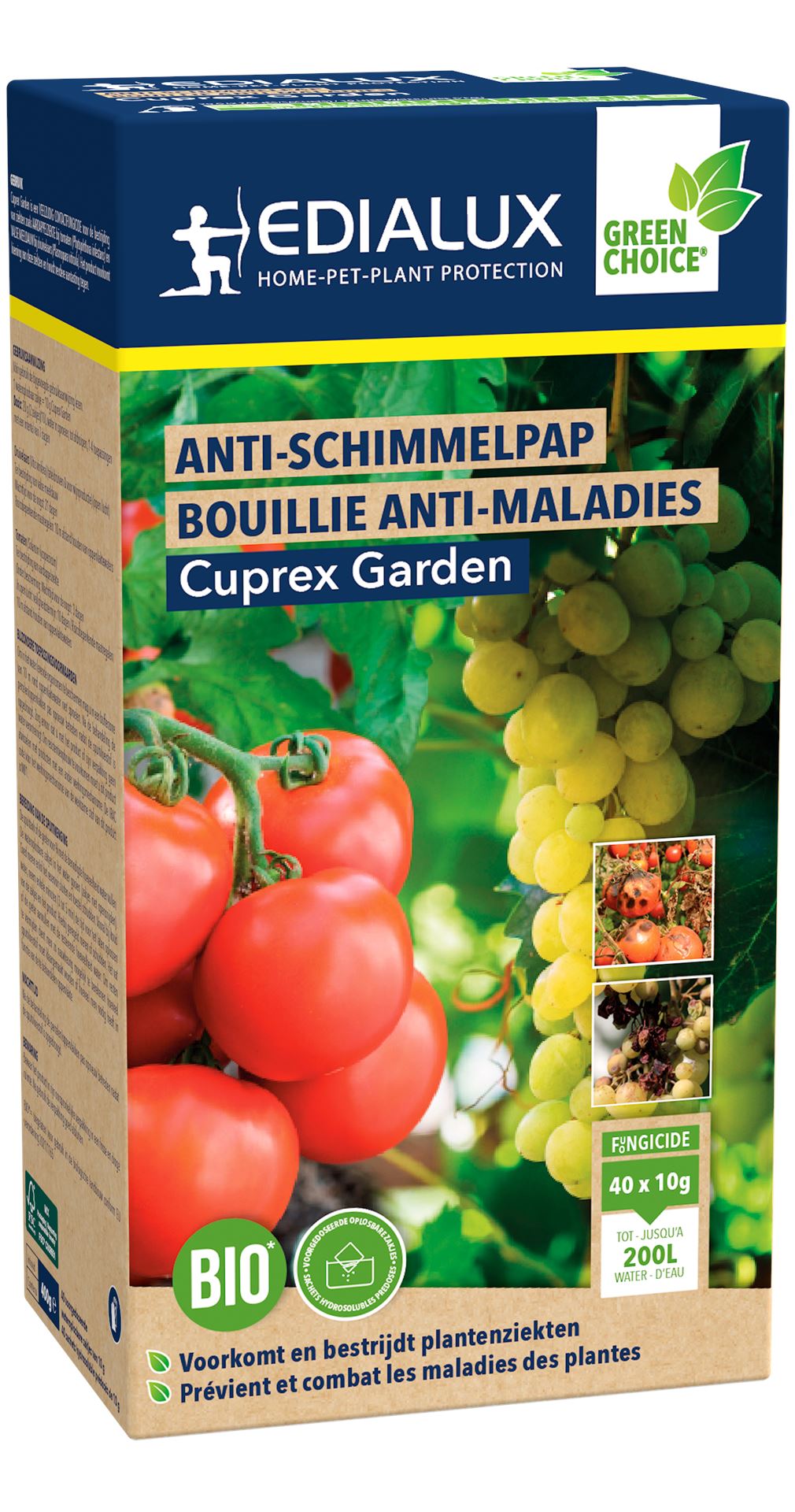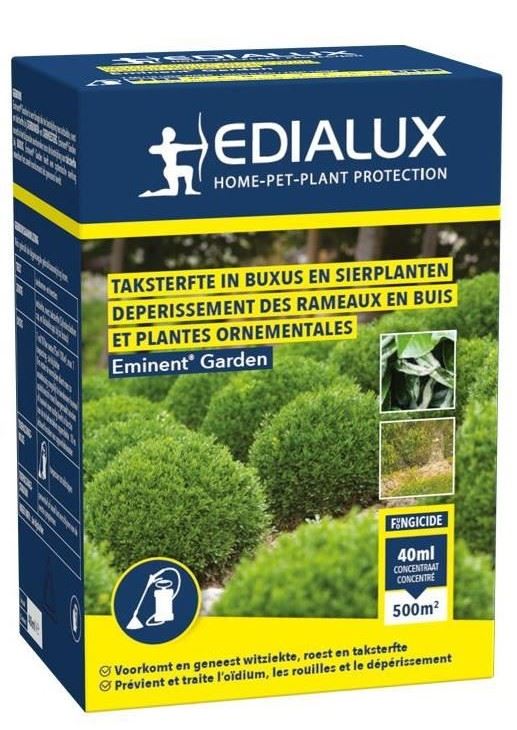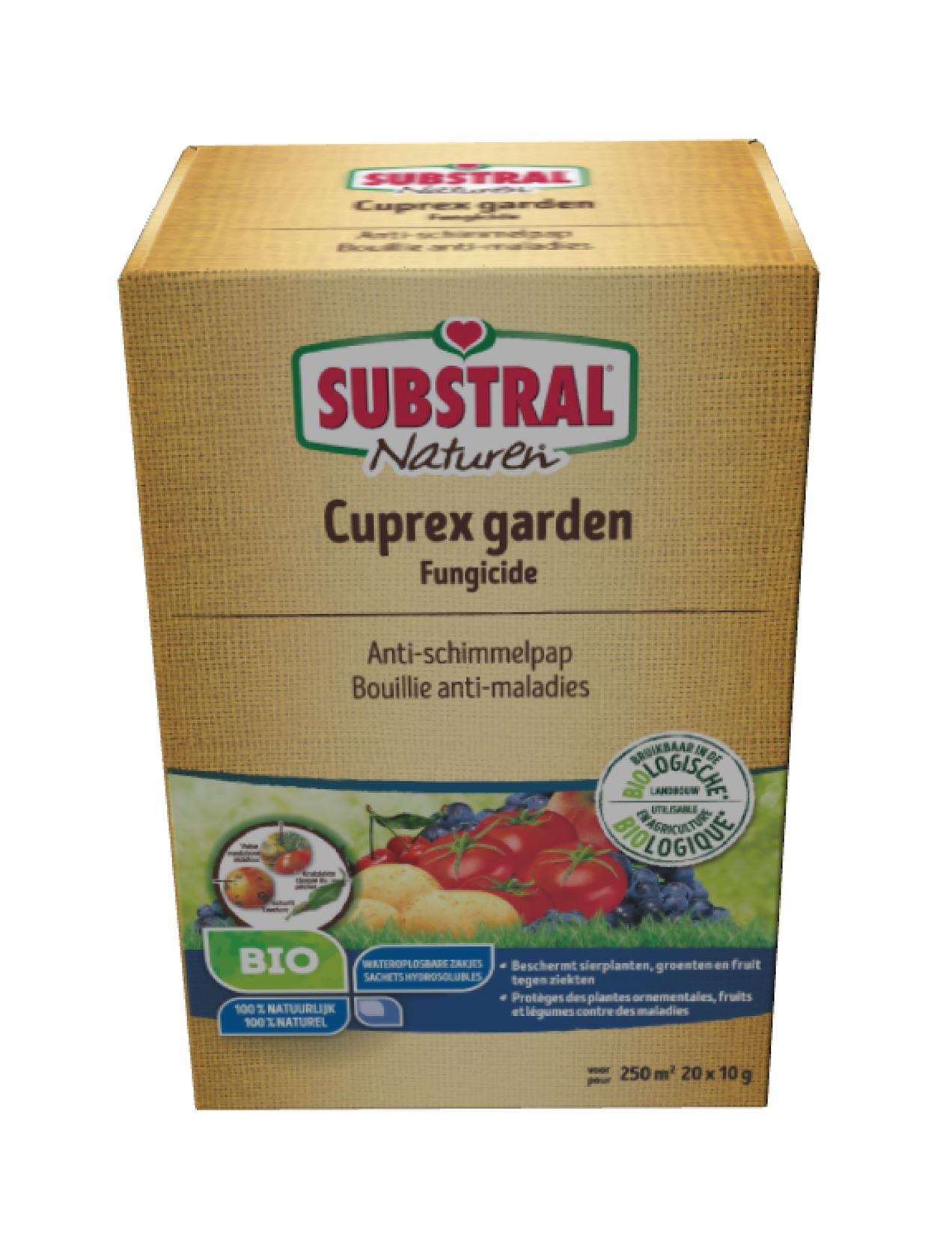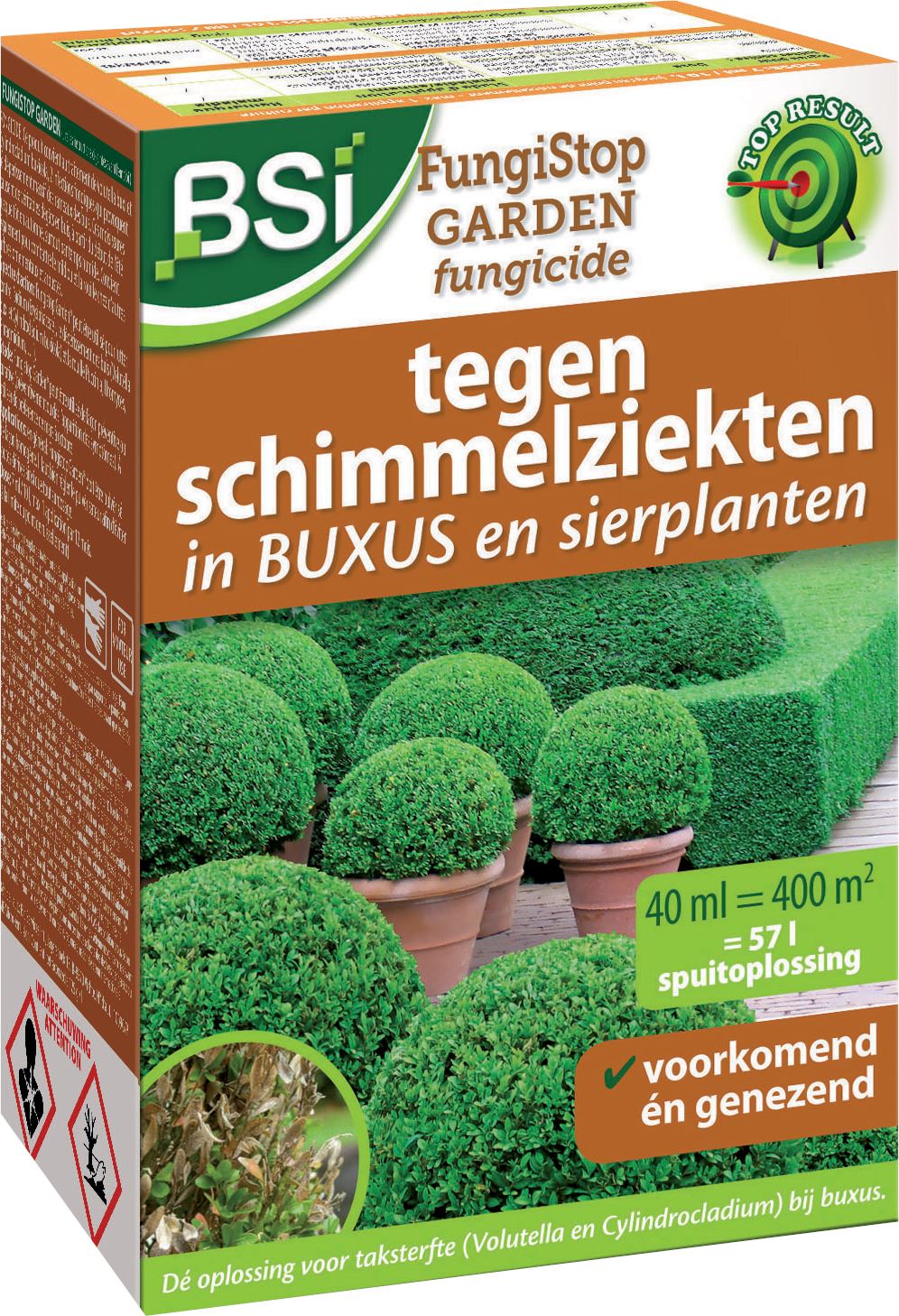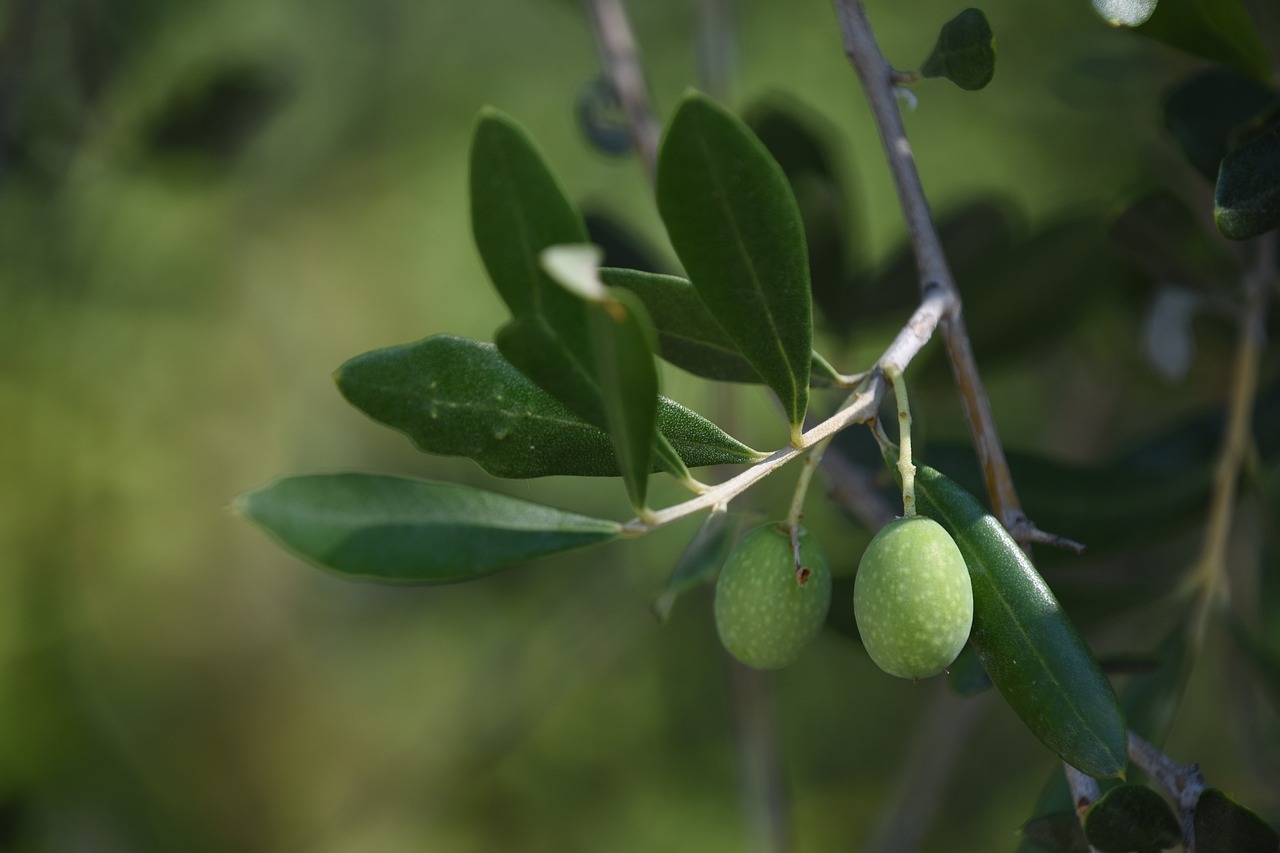
Winterising your olive tree: here's how to get started
Potted or open-grown olive trees are extremely popular in our regions. An olive tree in your garden or on your terrace immediately creates a summery, Mediterranean atmosphere. When you think of olive trees, you probably spontaneously think of the beautiful fields in Spain, Italy or Greece. Nothing for our climate, then. Or are they? Olive trees are sun-loving trees, but despite their origins, olive trees overwinter more easily in our regions than certain other plants.
Olive trees: stronger than you think
In principle, an olive tree will easily tolerate freezing temperatures down to -5°C. Moreover, there are also so-called cold-tolerant varieties. Toscana or Leccino olive trees, for example, winter more easily than certain other varieties. These types have their roots - literally - in northern Italy and in winter it dares to freeze quite a bit there too. Toscana and Leccino olive trees also tolerate short frosts of up to -10°C.
Overwintering younger olive trees in particular is a bit more difficult. Older, thicker olive trees are more resistant to frost. Olive trees with a trunk girth of more than 20 cm, can in principle tolerate temperatures down to -12°C.
So there is no need to panic at the first frost. Your olive tree really is stronger than you might think. With a mild winter, you don't even need to take any action at all!
Wintering olive tree in open ground
To overwinter an olive tree in open ground, it is recommended to apply frost protection when the mercury drops to -6°C. Remember to remove the frost protection also when it is no longer necessary. This is because fungi grow more easily under such protection.
When choosing a stand, it is advisable to always keep winter conditions in mind. The ideal position for wintering olive trees properly looks like this:
- South-facing
- Sheltered by hedges or walls
- Protected from strong winds
- Not too wet ground
Know that too wet soil is a much greater danger to an olive tree in winter than freezing temperatures. In their natural habitat, winter is quite dry. In our regions, however, there is a real chance of waterlogging during autumn and winter. To winterise your olive trees without water damage, protect the roots with a tarpaulin or a thick layer of mulch.
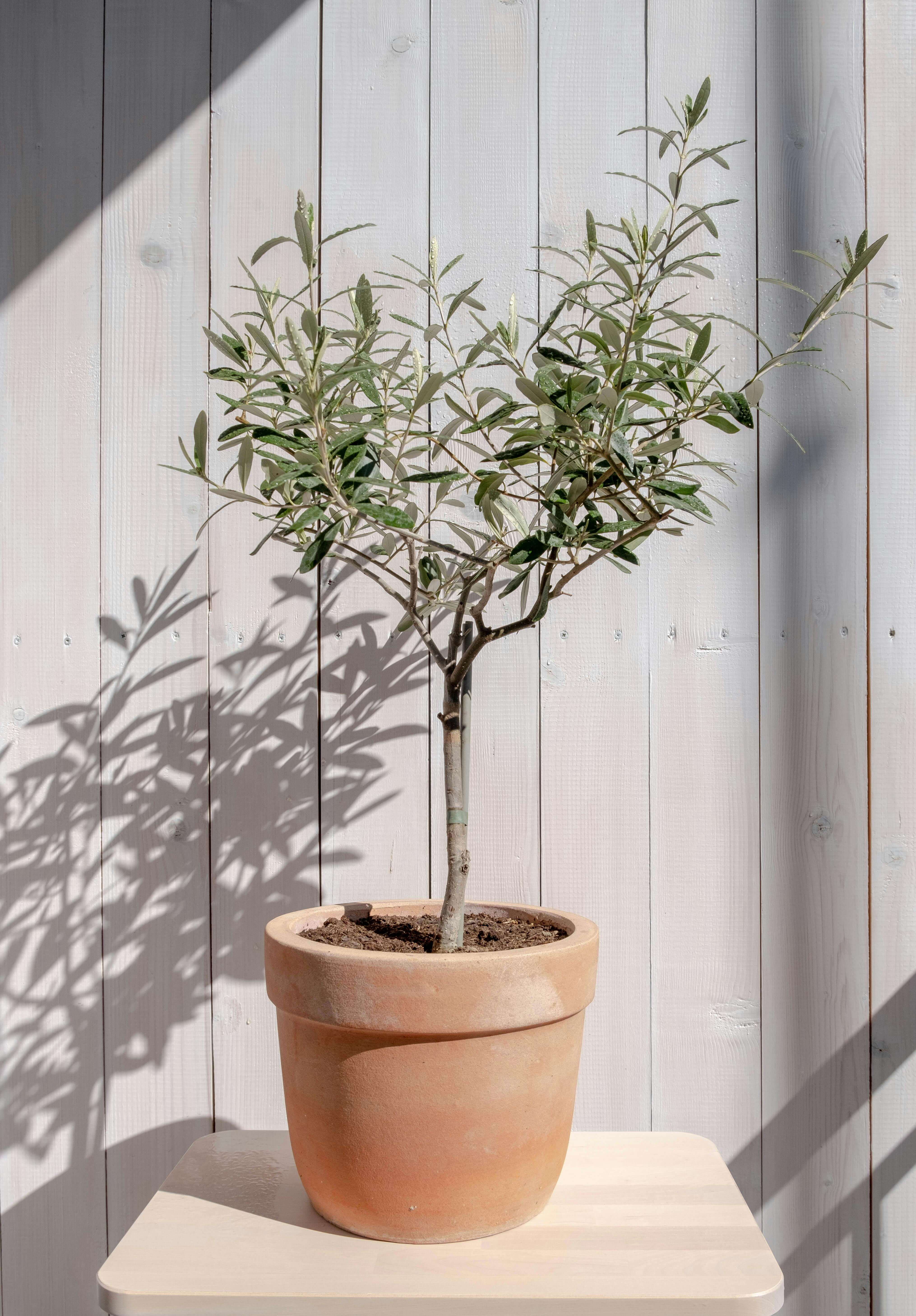
Wintering olive tree in pot
A potted olive tree can of course be easily moved to protect it from the winter cold. Although it is best to leave it outside so that this sun-loving tree can enjoy the sun for as long as possible. If there is a light frost you can place your olive tree against the south side of a wall. The inclement north-east wind won't be able to reach it that way. Overwintering your potted olive tree under a canopy is another option. It will thus get enough light, but is protected from inclement winds and frost.
It is essential that the olive tree can continue to absorb water. The leaves of the olive tree evaporate moisture, so the tree should always have access to water. Therefore, make sure that the clod does not freeze. You can achieve this by using hydro pellets. This way, you can be sure of good drainage.
Does the mercury drop too sharply? Then overwinter your potted olive tree indoors. Make sure the wintering area is light enough. That way, the olive tree retains its leaves and starts next spring with a head start. So a dark gazebo is not ideal. A conservatory or veranda certainly is. The temperature in the winter enclosure should ideally be constant between 5 and 10°C.

Tip from Marcel
The large pots in the Amsterdam range from Ecopots are ideal for an olive tree. Be sure to take a look.
Before overwintering, check for diseases
Before overwintering your olive tree, it is best to check for any diseases or fungi. Especially if you let your potted olive tree hibernate inside with other plants, a thorough check is important. Before you know it, your other plants will also be infected. If you overwinter your olive tree using a frost protection cover, it is advisable to regularly take a look under the cover. This way you will check that no moulds are forming.
Eye spot disease: Eye spot disease in olive trees occurs in relatively cold conditions. A temperature of 10 to 12 degrees Celsius and a leaf-wetting period of 7 hours may be sufficient. Leaf wet period is - apart from a good Scrabble word 😊 - the period when the leaf is moist due to rain, dew, fog... The consequence of eyespot disease is the partial death of leaves. Symptoms of eyespot disease are yellow-brown spots on the leaves.
Leaf spot disease: Leaf spot disease also peaks in wet weather conditions. Brown to blackish spots then form on the leaves.
Both eye and leaf spot diseases are fungal diseases. Anyway, fungi are the biggest culprit for plants in winter. If the leaves turn yellow with spots and fall off, chances are there is mould at the roots. In that case, the soil around the roots is too moist. For a potted olive tree, you can repot the tree using hydro grains.
Of course, when there is a fungal disease, it is appropriate to treat with a fungicide.
Want to know more about how to prepare your garden for winter? You can read that in these blogs 👇
More info? Receive all our gardening tips directly in your mailbox!
We'll only email you handy facts, green advice and our best promotions & discounts. You'll receive it about once a week and you can unsubscribe at any time. No spam, promise 🤞













